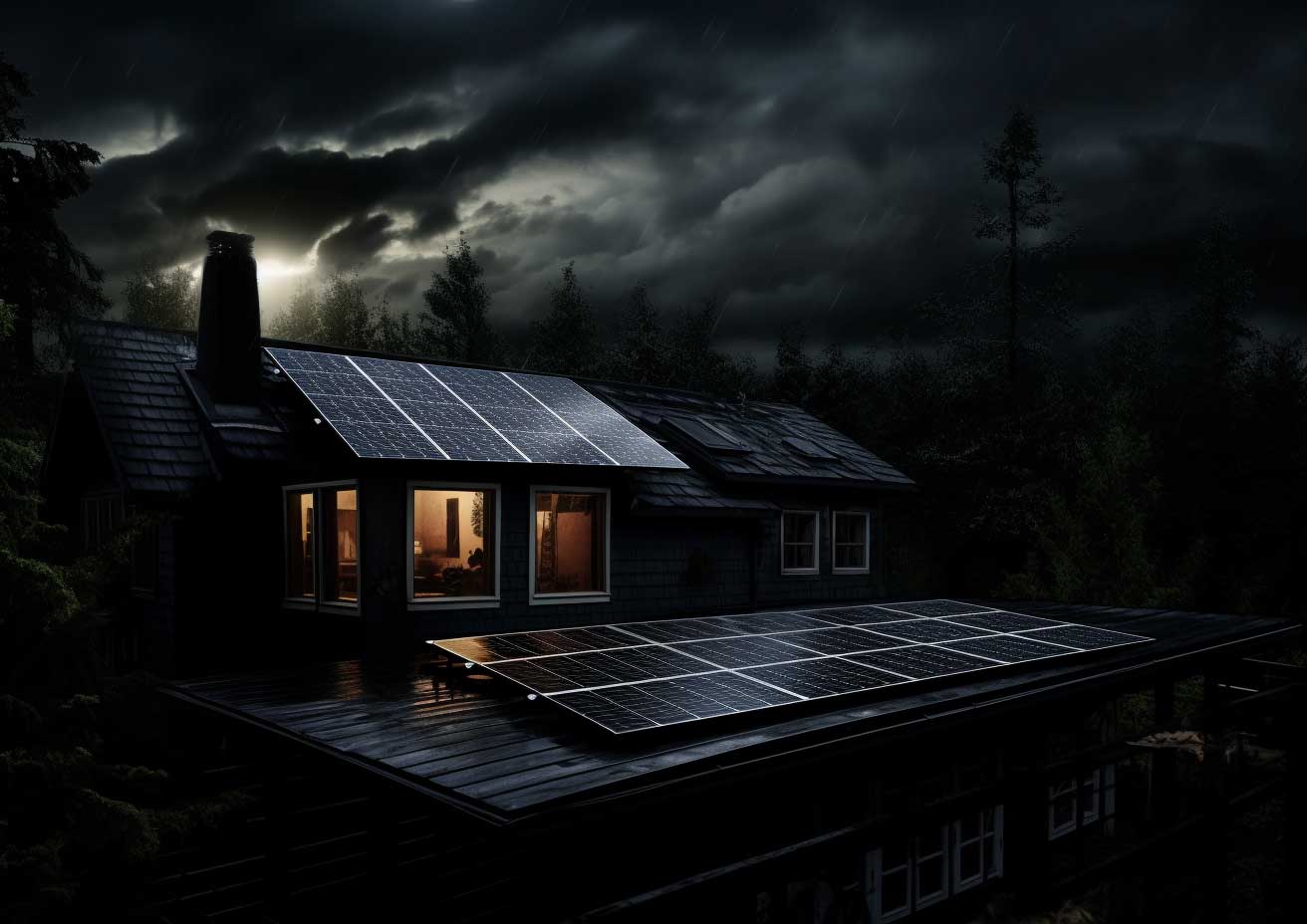As electric vehicle (EV) adoption rates rise so does the demand for home charging EV chargers. Electric vehicle (EV) drivers quickly realize that the Level 1 chargers that come with their cars are impractical and can add unnecessary stress to their daily commute. These chargers are simply too slow to meet their needs. On the flip side, relying solely on public Level 2 chargers can also be a source of stress for EV drivers.
The most optimal solution for EV owners is to invest in a home Level 2 charging station. By having a charging station at home, they can conveniently and efficiently charge their electric cars in the safety and comfort of their own homes. This not only eliminates the stress of finding charging stations but also offers peace of mind. Two of the most popular are the Juicebox 40 and the Chargepoint Home Flex. They both have great reputations and the devices are extremely popular among EV drivers. In this Juicebox vs Chargepoint article, we take a look at the two home EV chargers and tell you which one comes out on top.
Juicebox 40 vs Chargepoint Home Flex
Let’s take a look at the aesthetics first before we get into the software of the charging stations.
The Juicebox 40 EV charger is manufactured by Enel X. According to Enel X, it is the best-selling home smart charging station. The Juicebox 40 has a sleek design and is white with a black cable. It features a rounded rectangular box with a cable rack underneath. It comes with a quick-release mounting bracket and a long 25-foot cable. The screen has LED lights that show power, connectivity, and charging status. It comes in a hardwired or plug-in version. A hardwired electric car charger is attached to the wall and is permanent, while a plug-in is portable and can be changed if you decided to upgrade or move. The Juicebox comes with a weatherproof polycarbonate casing which is especially useful if you plan to install your home Level 2 charger outdoors. As of this publication, the going price for the Juicebox 40 was $599.00.
The Chargepoint Home Flex EV charger costs about the same and as of this publication was listed at $649.00. The Home Flex is a gray- and silver-colored charger with a black cable. The cable rack is integrated into the design of the main unit and loops around the top of the charger. It has a green LED indicator light around the charger holder, which changes color to show charge status updates. The cable is foot shorter than the Juicebox at 23 feet. It does not come with a polycarbonate casing like the Juicebox 40 but is weatherproof and rated NEMA 3R for outdoor use. It also comes in a hardwired or plug-in version.
Both the Juicebox 40 and Chargepoint Home Flex can power all electric vehicles on the market, including Teslas (with an adaptor that comes with all Tesla purchases). They both can have Amazon Alexa integration, but the Juicebox 40 also works with Google Assistant. They both come with smart features and are ENERGY STAR verified.
The Enel X Juicebox comes with a lock to secure the cable, while the Chargepoint does not.
The Juicebox is heavier and bulkier than the Chargepoint. It weighs 16 pounds, while the Chargepoint EV charging station weighs 13.8lbs.
Juicebox vs Chargepoint Installation
When you first open the package, the Juicebox EV charger is already mostly assembled, while the Chargepoint EV charger requires additional assembling. The Chargepoint also requires quite a few more screws and drilling when compared with the Juicebox. The Enel X Juicebox charger slides onto a quick-release mounting bracket, while the Chargepoint requires you to mount the unit by securing screws into the unit itself.
Book Your No-Cost EV Charger Consult Now
WattLogic is your go-to destination for all electric vehicle (EV) charging needs. We offer comprehensive, end-to-end EV charging solutions for both businesses and homeowners. Connect with us today!
Juicebox vs Chargepoint Charging Speed
Both of the chargers get you the satisfactory charging speeds of Level 2 chargers. Chargepoint says the Home Flex can get you up to 37 miles of range per hour of charge, while Enel X says the Juicebox 40 will add 12 to 60 miles of driving range per hour of charge. From our experiences, it depends on the type of EV you are charging and its acceptance rate.
One important difference to note here is that the Chargepoint home charging station has flexible amperage settings from 16 amps to 50 amps. The Juicebox 40 only comes in a 40 amp version hench the name. On the other hand, the EnelX offers the Juicebox in 32-amp and 48-amp versions, giving you more flexibility to choose the right fit for your needs. The more amps you have, the faster the charge.
Please be cautious as your electrical panel may not have sufficient capacity to handle such a heavy load. To assess your panel’s capacity, we recommend taking the WattLogic virtual survey. Our team will assist in confirming whether your electrical system can handle the load or not.
While 40 amps is sufficient by today’s standards, in the future as electric vehicle technology evolves you may want your home EV charger to have more power, but you won’t be able to adapt to that need with the Juicebox. If you do want to have more amps, the Juicebox 48 is currently listed at $639.00 and must be hardwired.
If there are multiple electric vehicles in your household, the Enel X Juicebox is the preferable option. It provides the ability to share load between two or more chargers on a single circuit. Conversely, with the Chargepoint, each station necessitates its own dedicated circuit.
Juicebox vs Chargepoint App Features
Both the Enel X app, JuicePass, and the Chargepoint app allow you to set a schedule so you charge when your electricity rates are lowest, set reminders, and track usage. Both apps allow you to manage charging at public and private charging stations within their networks. The apps are both simple and easy to use.
The main difference between them is that Chargepoint has a much larger away-from-home charging network. Chargepoint is the largest charging network in the U.S. with 15,454 locations.
The Verdict
When considering a Level 2 EV charger, both the Juicebox 40 and Chargepoint Home Flex are exceptional options. The choice between them depends on your unique lifestyle and preferences. For instance, if your household has two EVs and you’d like to have the option of load sharing, the Juicebox may be your preferred choice. On the other hand, if you value the ability to charge with 50 amps instead of 40 amps, then the Chargepoint would be the optimal selection. Ultimately, it’s important to select the charger that aligns with your specific needs and desires.
No matter which home EV charger you opt for, you’ll find yourself in a far superior position compared to relying on a Level 1 charger or public charging stations.
If you are interested in getting an EV charger installed, WattLogic is here to help. We’ve created an online tool that takes the hassle out of trying to find an electrician and capture any utility rebates you might be eligible for. Fill out our 100% free virtual survey from whatever device you are reading this on and we can get you a home EV charger installation quote in no time! After you answer a few questions, we generate an estimate for a Level 2 EV charger installation.




